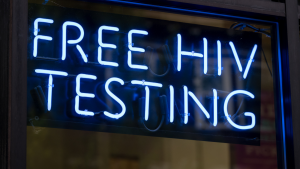
HIV Testing
The only way to tell you have HIV is get tested. Testing is recommended at least once for everyone, and may be recommended more often for some. Testing can be quick, easy and confidential.
The CDC recently released its 2021 HIV data and there is some good news including a decline in overall new infections, fewer new infections among young gay and bisexual men, increased knowledge of HIV status, wider use of PrEP, and improvements in treatment outcomes for people living with HIV. Nonetheless, the agency notes that we need to do more to reach the goals set out in the National HIV/AIDS Strategy 2022-2025 and the Ending the Epidemic plan especially in the communities hardest hit by the epidemic.
The CDC estimates there were 32,100 new HIV infections in 2021 which represents a 12% drop from 2017. The declines, however, were not felt evenly across all racial and ethnic groups, and men who have sex with men (MSM) continued to have the most new infections.
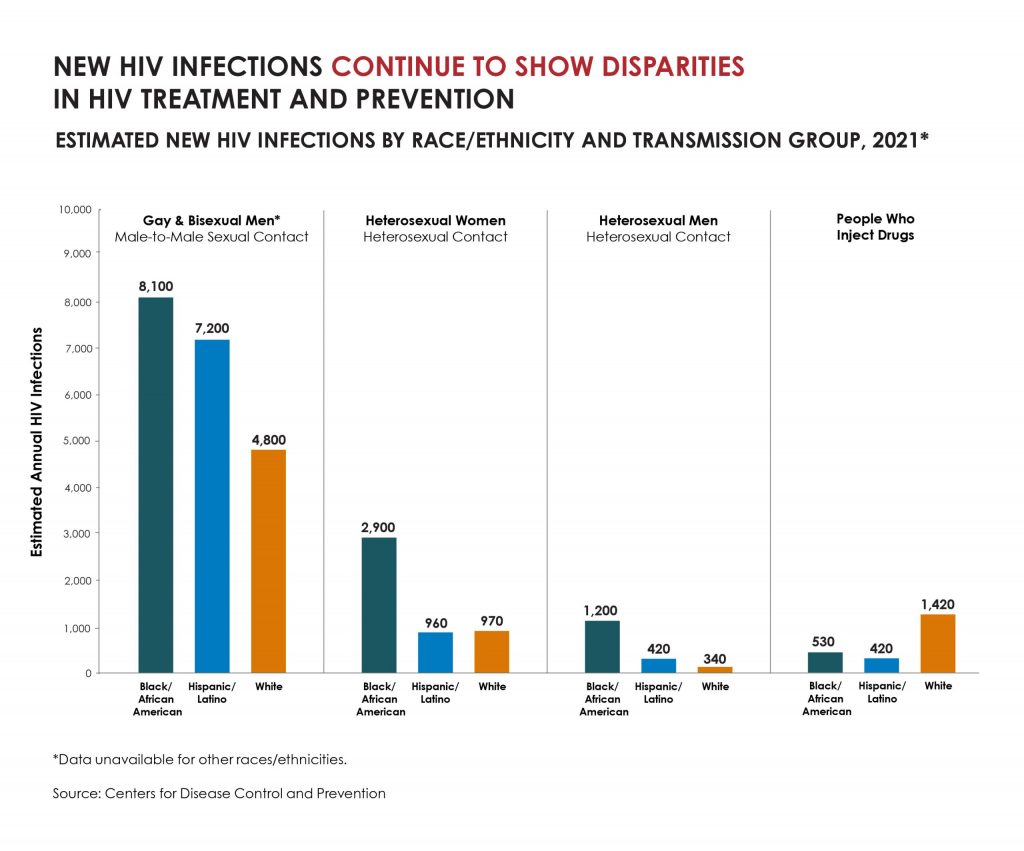
New infections among 13-to-24-year-olds dropped by 34% since 2017. The CDC says declines among young gay and bisexual males (who account for roughly 80% of new infections in this age group) drove the trend, falling from an estimated 7,400 infections in 2017 to about 4,900 in 2021. Even among this age group, however, the progress was not felt equally across all racial and ethnic groups. Declines in new infections among young Black and Hispanic/Latino males were lower than declines among young white gay and bisexual males.
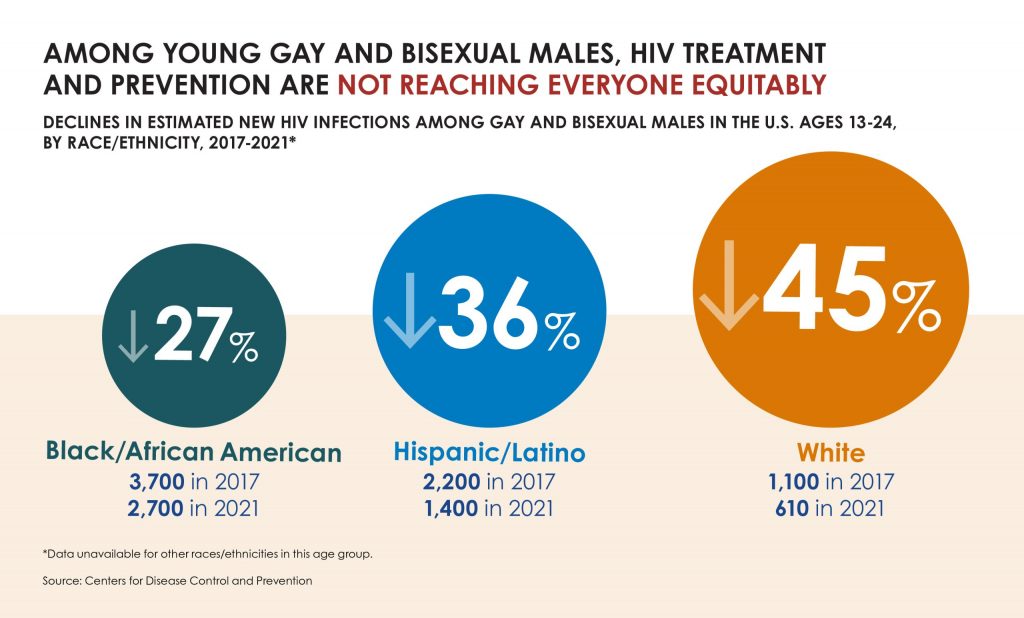
The data suggests that more people in this age group know their HIV status than in 2017 (56% up from 42%) and use PrEP (20% of those who would benefit from it up from just 8% in 2017). Among those in this age group living with HIV, 68% have reached viral suppression compared to 60% in 2017.
Across all age groups the most progress has been seen in the proportion of people using PrEP. The CDC estimates that 1.2 million people could benefit from this prevention strategy yet in 2017 only 13% of this group had been prescribed PrEP. By 2021 this number had jumped to 30%. Again, however, coverage is uneven with far fewer Black or Hispanic people receiving PrEP compared to white people.
Similarly, while overall rates of viral suppression among people living with HIV went up slightly, rates remain unequal. Reaching viral suppression is a sign that a person living with HIV is successfully receiving the ongoing treatment they need.
CDC Director Rochelle P. Walensky said that while the new data shows progress, “Longstanding factors, such as systemic inequities, social and economic marginalization and residential segregation…stand between highly effective HIV treatment and prevention and people who could benefit from them. Efforts must be accelerated and strengthened for progress to reach all groups faster and equitably.”

The only way to tell you have HIV is get tested. Testing is recommended at least once for everyone, and may be recommended more often for some. Testing can be quick, easy and confidential.

HIV and Pregnancy There is a lot to think about when you want to have a baby or when a baby is on the way. One important step is to

September 27 is National Gay Men’s HIV/AIDS Awareness Day. This national awareness day was first launch in 2008 by the National Association of People with AIDS (NAPWA), as a way
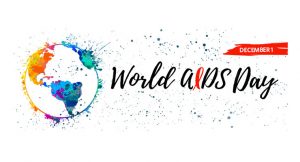
World AIDS Day takes place each year on December 1st. The annual observation is held to bring attention to the global impact of HIV/AIDS. The Centers for Disease Control and Prevention
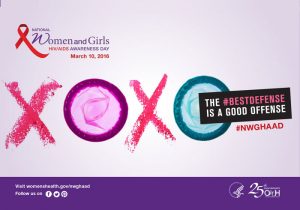
National Women and Girls HIV/AIDS Awareness Day is an annual, nationwide observance that sheds light on the impact of HIV and AIDS on women and girls. The U.S. Department of
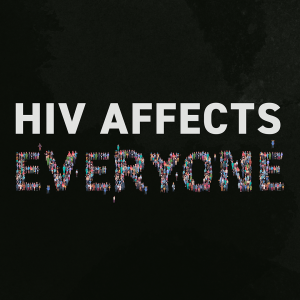
Anytime is the right time to promote HIV prevention and advocacy and there are specific observations recognized throughout the year when it’s especially good to be involved.
ASHA believes that all people have the right to the information and services that will help them to have optimum sexual health. We envision a time when stigma is no longer associated with sexual health and our nation is united in its belief that sexuality is a normal, healthy, and positive aspect of human life.
ABOUT
GET INVOLVED
ASHA WEBSITES
GET HELP
© 2025 American Sexual Health Association